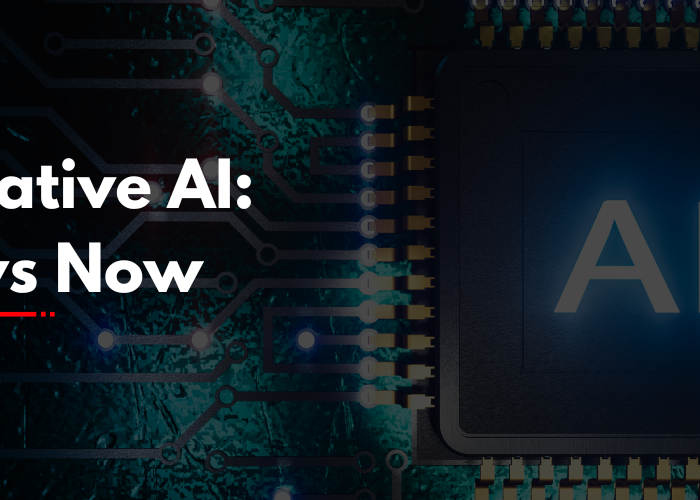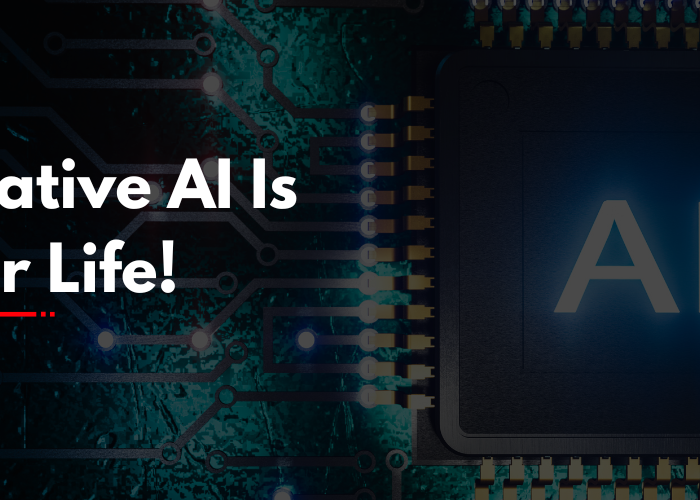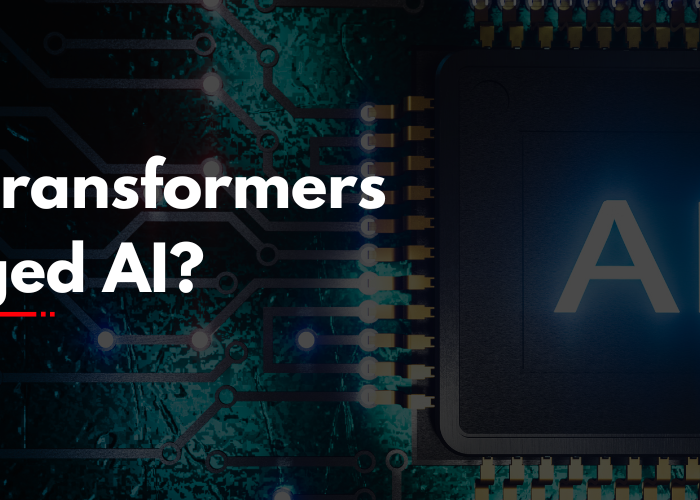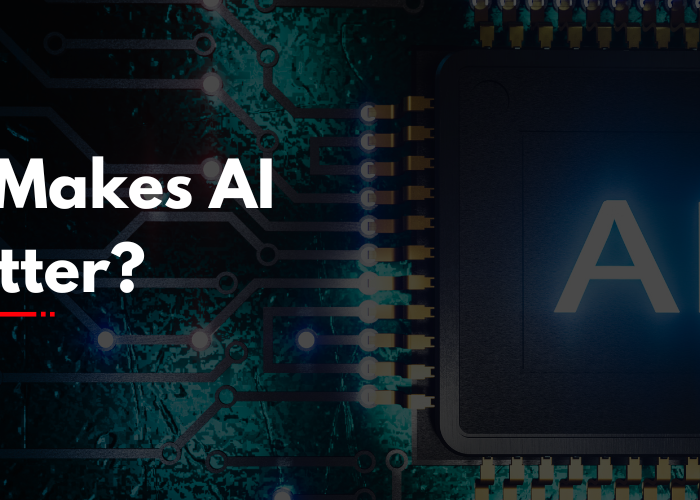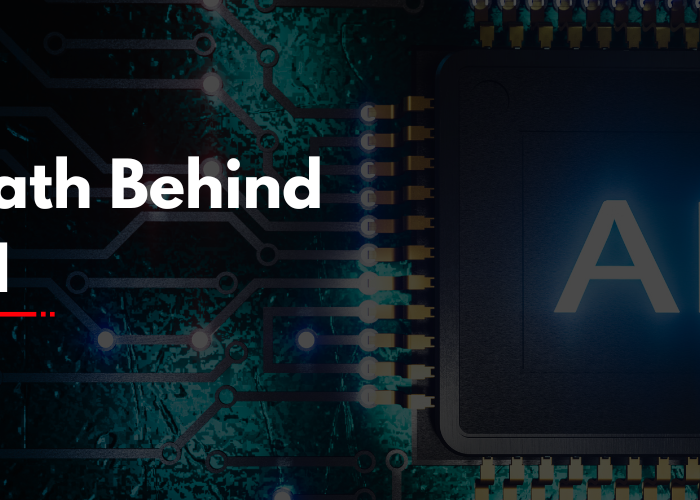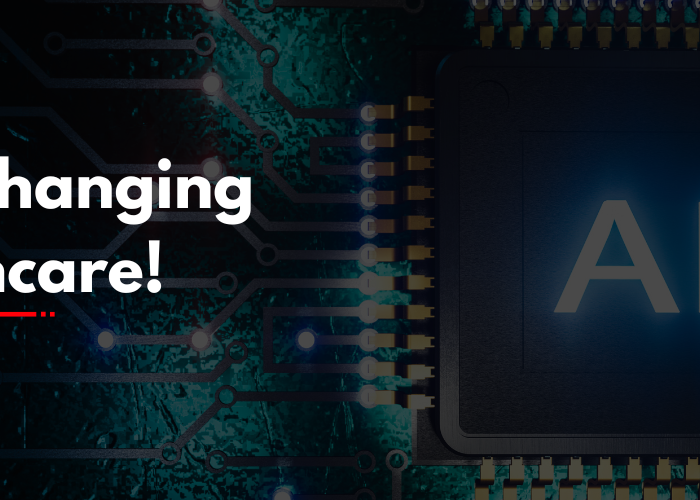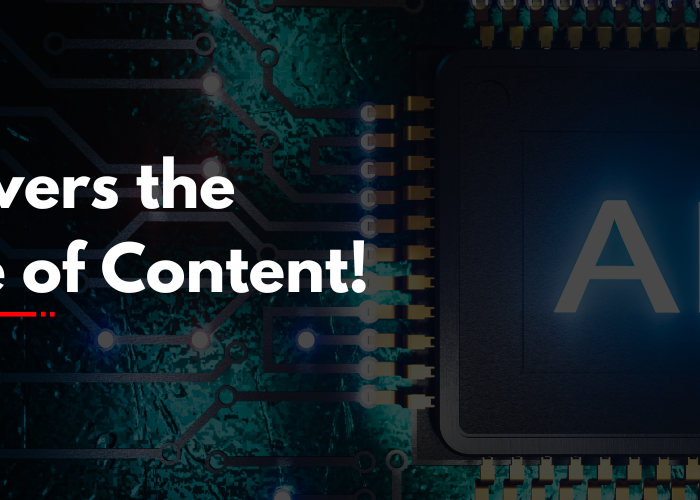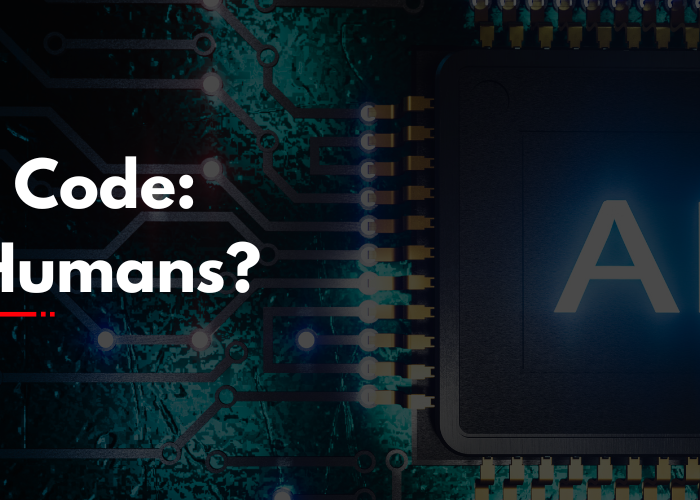Introduction
Over the past few years, the term Generative AI has burst into the tech world. From artwork created by AI and natural-sounding chatbots to code-completing colleagues and simulated voices, it seems like there is no limit to what this technology can create. But what is generative AI, and why is everyone suddenly talking about it?
In plain terms, generative AI is a system of artificial intelligence that can generate new content text, images, music, video, or code using the patterns they have learned from past data. Unlike old AI, which is all about learning or identifying data, generative AI creates something new. Let this blog guide you through the basics: what it does, types, advantages, disadvantages, and how to start.
Core Elements of Generative AI
Machine learning is at the core of generative AI, the process by which computers learn directly from big collections of data, instead of being programmed to do each thing in sequence. These models, particularly a class called neural networks, are taught on huge amounts of data books, articles, pictures, music, and so on so that they can discover the underlying structures and patterns.
Among some of the most sophisticated structures in this category are transformers, which can read and produce advanced sequences, such as human language or image structure. These transformers drive software such as ChatGPT for text and Stable Diffusion for images. After they are trained, these models can consume an input a “write a poem about space,” say and output a completed and novel response based on what they have learned.
Generative AI can appear in various forms based on the content it produces:
- Text Generation: ChatGPT, for instance, produces articles, stories, or conversations.
- Image Generation: Software such as Midjourney or DALL·E produces original images from text input.
- Audio Generation: AI can produce music or synthesize a human voice (e.g., ElevenLabs).
- Video Generation: Software that produces animations or short videos from scripts or images.
- Code Generation: Artificial intelligence used to assist in writing code, e.g., GitHub Copilot.
Key Advantages and Disadvantages
Since the emergence of generative AI, there’s a wave of benefits. First, it greatly enhances productivity and creativity. Writers can leverage it to end writer’s block, marketers can create copy within seconds, and designers can draw without even using a pen. It also enables easy content creation, with individuals who lack technical or artistic skill being able to produce quality results.
But with power, there must be responsibility. Generative AI can create biased or inaccurate content in mistake because it is learning from actual data that can be imperfect itself. There are also copyright and intellectual property issues involved whose work does a machine-created piece belong to? And apart from these, ethical issues like creating deepfakes or disseminating false information are more pertinent as the technology improves and more is created using it.
Real-Time Applications of Generative AI
Generative AI is already a part of daily life in most industries:
- Marketing: Ad copywriting, image creation, or writing newsletters.
- Education: One-on-one tutoring, automated marking, and course content generation.
- Healthcare: Clinical note-writing or creating synthetic medical data.
- Entertainment: Game asset creation, scriptwriting, or music generation.
- Customer Service: AI chatbots offering instant, human-like assistance.
How Does Generative AI Work?
At a high level, generative AI employs a form of machine learning known as deep learning. Here’s the process:
1.Training: It is trained on huge databases (e.g., books, images).
2.Pattern Learning: It learns complex patterns and structures in the data.
3.Prompting: You provide it with a prompt (e.g., “write a poem about the ocean”).
4.tGenerating: The model applies its learned patterns to generate new content from the prompt.
- Feedback Loop: In some systems, human feedback modifies the output to enhance outcomes.
How to Get Started with Generative AI
You don’t need to be a coder to experiment with Gen AI. Here’s how to get started:
- Try Free Tools:
- Text: ChatGPT, Google Gemini
- Images: DALL·E, Midjourney
- Code: GitHub Copilot, Replit Ghostwriter
- Learn Basics: Take introductory courses on platforms like Coursera, Udemy, or YouTube.
- Join Communities: Reddit groups, Discord, and LinkedIn groups are excellent sources to learn from others.
- Experiment: Begin small—have ChatGPT perform something for you or create an image using a free software.
Conclusion
Generative AI is not a technical trend it’s a breakthrough that’s already revolutionizing the way we make and engage with digital content. Whether you’re a content creator, a developer, an educator, or business leader, and you’re aware of and putting into action Gen AI, it can provide you with a huge advantage. The good news? You don’t have to be technical to implement. Simply jump in, play around, and let your creativity run rampant.


